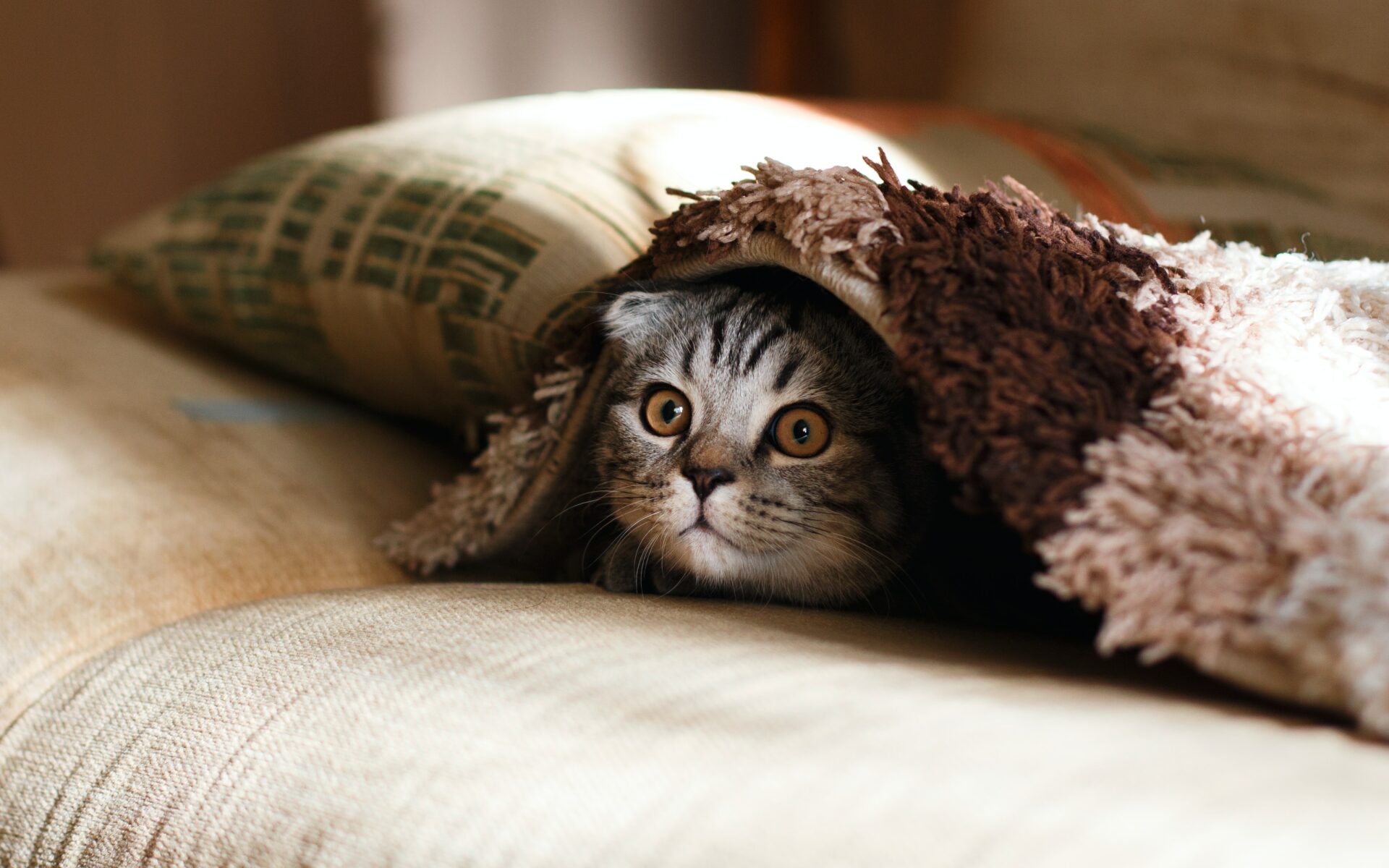Tips to Consider While Adopting a Cat
Tips to Consider While Adopting a Cat
Adopting a cat can fill your home with many purrs and happiness. But it can be difficult to determine which prospective kitten will be compatible with you and your family. Age, personality, and breed are a few of the many factors to consider when choosing a feline friend.
Temperament is Important
A visit to a shelter or rescue group will introduce you to cats and kittens with a wide range of personalities, from those who are shy and need gentle introductions to the energetic and people cats. So, before you plan on adopting a stray cat, you should consider what you want from a pet. Do you have little ones, or elderly relatives living with you? What kinds of other animals do you have?
Think about what your daily routine looks like; how much time can you devote to your new kitty? Adopting two cats or kittens who are siblings or known to get along well together is a terrific approach to ensure they have company.
The shelter staff knows the cats they are rehoming and can best advise you on a proper match between your needs and the cat’s temperament, so it’s important to carefully watch the animals you meet and discuss what to look for when adopting a cat.

Think About Age
Is a kitten in your future? Adorable as kittens may be, raising one requires a significant time commitment for play and socialization. Remember that they may have another 20 years of life ahead of them. Consider adopting an older cat if you don’t think a kitten would be a good fit. An older cat can be a wonderful companion for the elderly who value peace and quiet.
Breed of Cat
Both long-haired and short-haired cats are available for adoption, and many are moggies’ or mixed-breed cats. However, a short-haired cat is a good option if you don’t want to devote too much effort to grooming each week.
Some cat breeds, including the Persian and Exotic Shorthair, have pronounced traits that can cause health issues. Know what you’re getting into and do your research before you adopt. For instance, Flat-Faced (or “Brachycephalic”) cats often have trouble breathing, are less active, and may develop eye irritation or wetness. These cats will likely need special attention and treatment from your veterinarian.
Consider Adopting Multiple Cats
You might as well go big! The American Humane Society reports that cats provide benefits to one another through exercise, cerebral stimulation, and social connection that humans cannot. Moreover, when busy during the day, your cat may find this company all the more comforting.

Long-Haired or Short-Haired
Elegant as they may be, long-haired cats do need a lot of grooming and upkeep work. Choose a short-haired breed if you don’t want to spend too much time grooming your cat’s coat every week. Furthermore, long-haired cats have a higher frequency and size of hairballs due to their grooming habits. So do your best to prepare!
Proper Feeding
To avoid irritating your cat’s sensitive whiskers while feeding time rolls around, Cat Person co-founder Lambert Wang suggests using broad, shallow bowls. Since cats must consume meat to survive, it is a natural staple in their diet. Wang recommends a diet heavy in animal protein, moderate in fat, and low in carbohydrates for your new companion. Even though dry food is more practical, wet food ensures that your cat gets adequate water, as cats are more interested in playing with it than actually consuming it. Kittens, in particular, might benefit from having their food spiced up with a range of protein flavours and forms. Of course, you wouldn’t always want to eat the same thing, and neither does your furry companion.
Consider Pet Insurance
No matter how healthy a cat appears when adopted, unexpected health problems are always a possibility. Like human health insurance, veterinarians recommend getting pet insurance while your furry friend is in good health. It may help you save money in the long run and extend your cat’s lifespan.
Keep Children and Other Pets in Mind
Find out how a potential cat’s disposition will align with other members of your family and any pets you already have. Some felines can get along with anyone. Others are too hostile for the company of very young children. You may be able to glean more information about a cat’s personality peculiarities from their former owner or foster family.
One of the most important cat adoption tips is to consider whether or not your current pets will be happy with a new addition to the family. Not all cats thrive in homes with other animals. Although some canine companions may be too prey-driven to accept a new feline family member, others may quickly become fast friends with their new cat pal.
Welcome Your New Cat to Your Home
- Give them time. It can take a new cat from seven to fourteen days to settle into her new home. Wait until the cat eats on a regular schedule before inviting people over to meet it.
- Give her someplace to hide out until she gathers her bearings. She’ll like the opportunity to spy on her new family from a hidden nook or a lofty perch.
- Within a week of adopting your cat, take it to a good vet to ensure it’s healthy.
- If possible, try to keep her nutrition the same for the first two weeks after she leaves the shelter. If you want to change brand or flavour, do it gradually over one to two weeks. Try mixing in a quarter of the new food with your current ration. Increase the proportion of new to old by 10% daily.
- Put the litter box in a private, out-of-the-way place. Not sure which type of litter to buy? The vast majority of felines prefer clumping litter made from fine grains. Kittens under 10 weeks of age should use the non-clumping litter.
- It’s important to supply your cat with a scratching post made of sturdy material with a rough surface. Cats benefit from regular manicures every 10-14 days.
- Before letting your new cat run amok, ensure your house is cat-proof. Cleansers, human pharmaceuticals, and other potential toxins should be stored out of reach. Also, be aware of any potentially harmful houseplants you may have. The toilet lid should always be kept down, and fragile items should be locked away if the new arrival is a kitten.
- After some time spent getting comfortable, a new kitten or cat will be ready to play. Purchase interactive toys, such as feather wands and kitten fishing poles, to keep your cat’s interest and energy focused on a constructive activity.
- Prepare a cozy spot for your cat to rest in the sun beside the window; if it has a view of the birdfeeder, all the better!
Final Thoughts
We advise looking for a confident, outgoing cat that jumps over to welcome you when you look into her enclosure, rubs her face contentedly against your finger, and purrs cheerfully. This is especially important if you have children or other pets in your home. Generally speaking, cats that seem to have adapted well to the shelter environment and get along well with the other cats will also do well with the other pets in your home. Otherwise, a cat who is initially timid and reticent may flourish under your care if you live in a peaceful environment.
Taking in a stray cat from a shelter and giving it a forever home can provide much joy. In addition to the happiness that comes from caring for a new friend, adopting a cat provides shelter for a feline in need.


Leave a comment